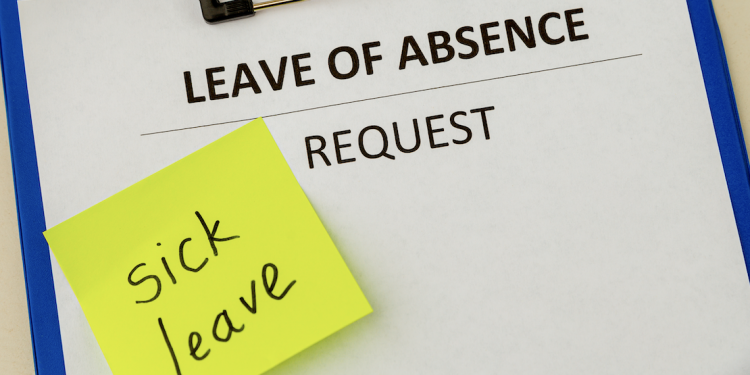An additional 26,000 individuals have been classified as economically inactive due to prolonged illness over the last three months, according to recent data from the Office for National Statistics (ONS).
The most recent figures, covering the period from April to June 2023, indicate that a total of 2.58 million people are presently unable to work due to chronic illness. This number has seen a rise of 449,000 since the beginning of the pandemic, as compared to the 2.13 million recorded in the January to March 2020 period.
Broadstone head of health & protection Brett Hill says: “Economic inactivity because of long-term sickness remains a critical factor in the UK’s problematic productivity puzzle.
“Staggeringly nearly half a million people have fallen out of the workforce since the pandemic due to chronic health issues as the crisis in the NHS continues to weigh on the economy. The government’s pledges to cut waiting lists are thus far failing to bear fruit leaving the UK’s workers struggling to access diagnoses and treatment to keep them in good health.
“The government recently launched a consultation to increase employer uptake and widen the reach of Occupational Health services to keep workers healthy and reduce the numbers out of work due to long-term sickness.
“While undoubtedly a welcome initiative, this only scratches the surface of what the government could be doing to help employers address sickness absence issues within the workforce. With 7.6 million people now on the NHS waiting list in England alone, incentives for employers to fund access to healthcare for employees must be on the table.
“The government needs to be bolder in encouraging employers to invest in the full range of healthcare options to keep their employees healthy and at work as we fight our national health crisis.”





